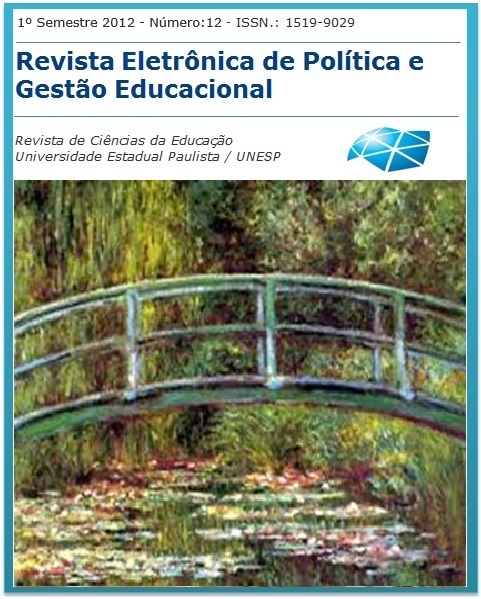Geração psicoestimulantes: problemas pedagógicos e políticos
DOI:
https://doi.org/10.22633/rpge.v0i12.9324Palabras clave:
Transtorno do Déficit de Atenção e Hiperatividade, Diagnóstico, Medicalização, Semiformação,Resumen
Ao longo da história médica o Transtorno do Déficit de Atenção e Hiperatividade (TDAH) criaram um verdadeiro engodo do qual o vínculo entre os sintomas de déficit de atenção e hiperatividade culminou no diagnótico de TDAH. A escola revela sua importância no enquadramento disciplinar do corpo posta pela ordem médica em que nada pode estar fora dos padrões estabelecidos . O que não se enquadra logo é encaixado em um diagnóstico e terapêutica deo qual dificilmente a criança se livrará; este ´um fator fudnamental na transformação social que legitimado pela escola em que tudo que escapa fica aprisionado nas malhas da socialização, isto é, as crianças antes de terem podido se formar, tornam-se presas à lógica do capital o que Adorno vem chamar de processo de semiformação. Christoph Türcke (2010) ao falar sobre os choques imagéticos auxilia na compreensão dessa ligação entre TDAH e semiformação, pois para ele o choque de imagens exerce uma fascinação estética que ao fornecer sempre novas imagens penetram em toda a vida cotidiana e do trabalho, estabelecendo um espaço mental em regime de atenção excessiva nesta nova geração. Com isso pode-se dizer que o choque de imagens levou esse regime de atenção total cujo déficit de atenção é um dos sintomas manifestos da sociedade atual. Neste sentido, novos padrões de socialização vão se sedimentando no que se pode denominar de uma mutação subjetiva ligada às imagens, uma mutação no processo de percepção desses sujeitos e desse nova geração.
Descargas
Descargas
Publicado
Cómo citar
Número
Sección
Licencia
Derechos de autor 2017 Revista on line de Política e Gestão Educacional

Esta obra está bajo una licencia internacional Creative Commons Atribución-NoComercial-CompartirIgual 4.0.
Manuscritos aceitos e publicados são de propriedade da Revista on line de Política e Gestão Educacional. É vedada a submissão integral ou parcial do manuscrito a qualquer outro periódico. A responsabilidade do conteúdo dos artigos é exclusiva dos autores. É vedada a tradução para outro idioma sem a autorização escrita do Editor ouvida a Comissão Editorial Científica.











